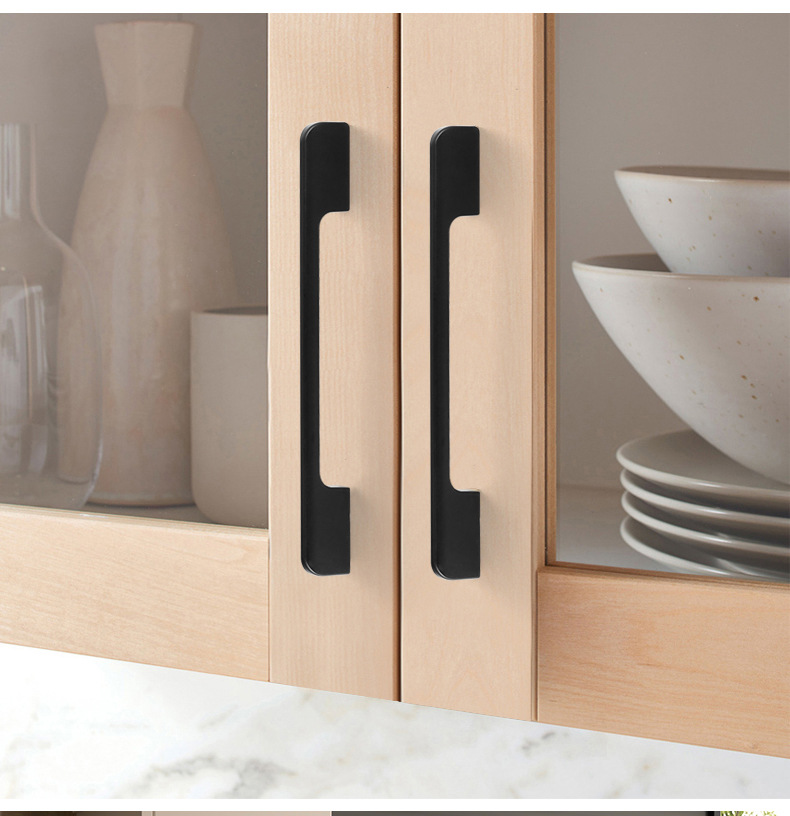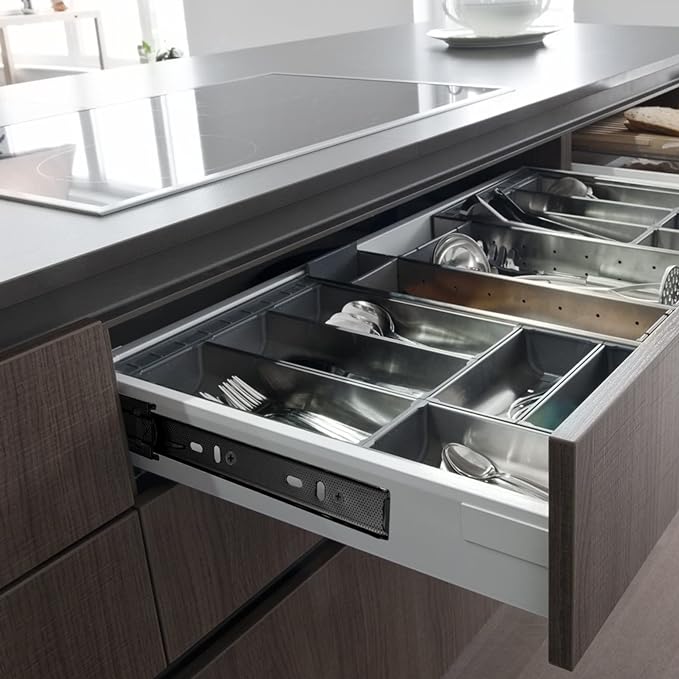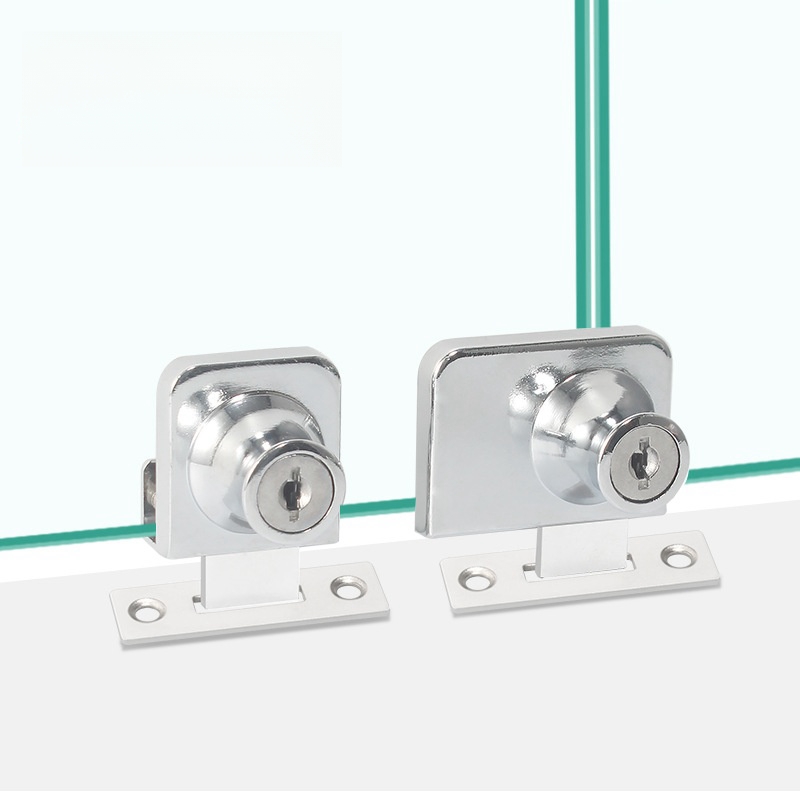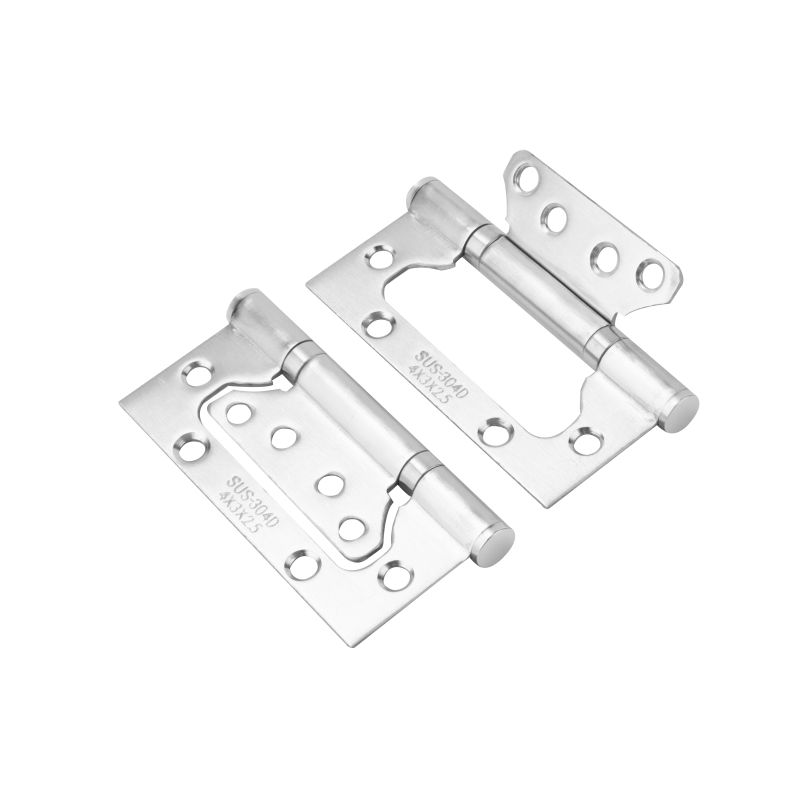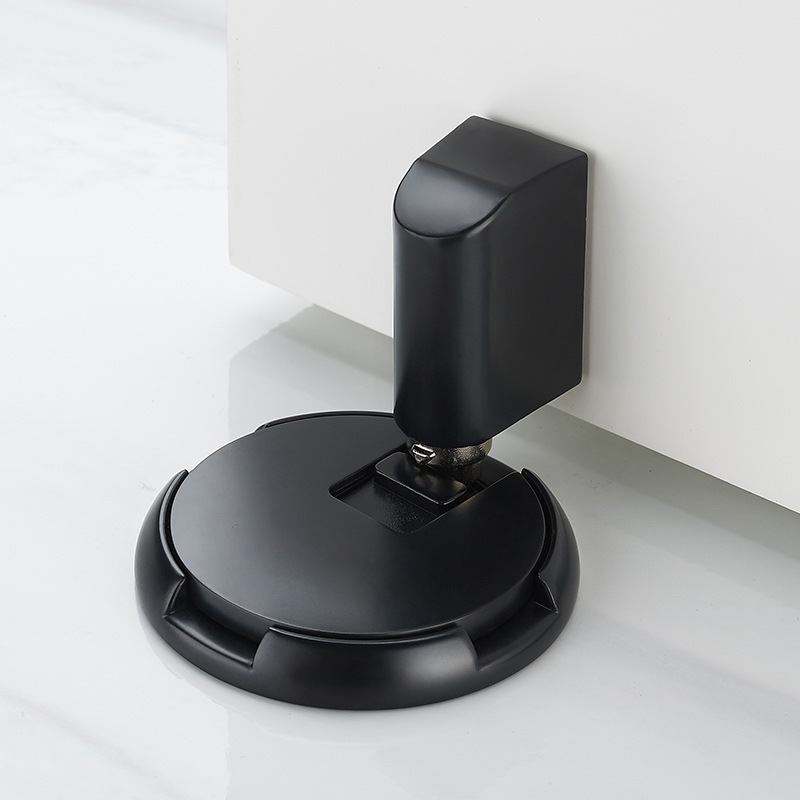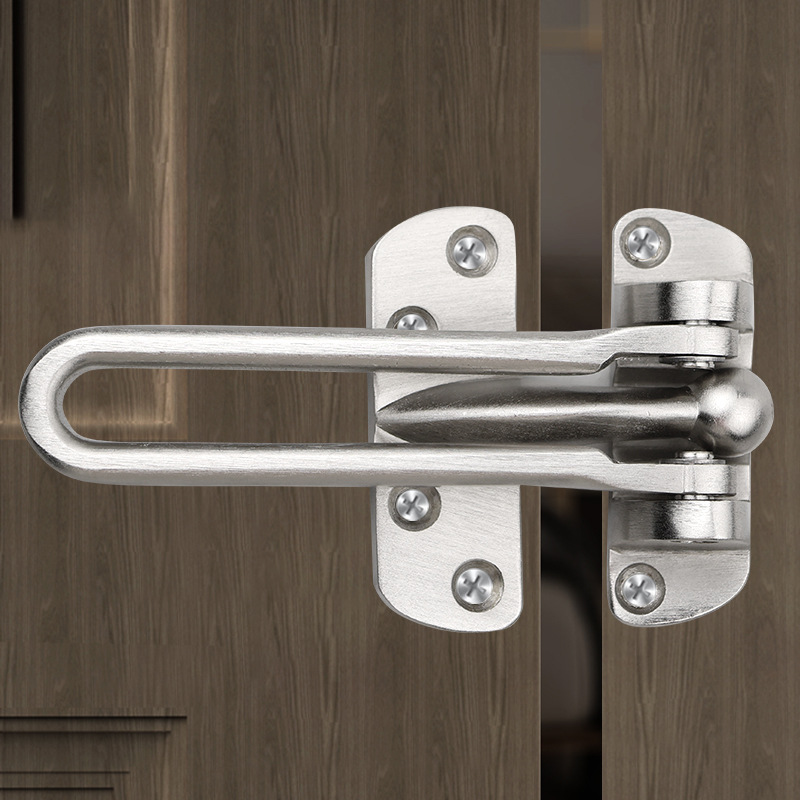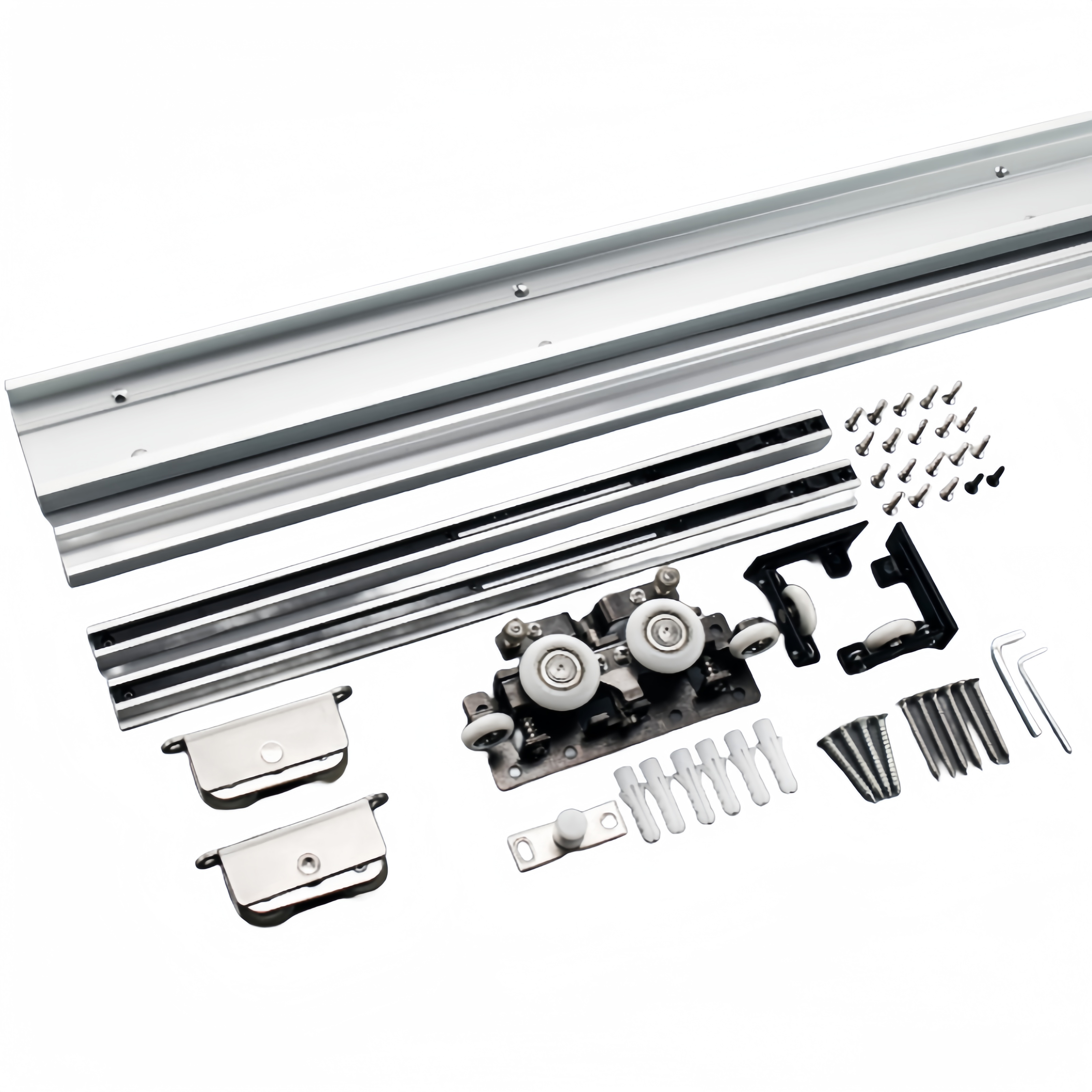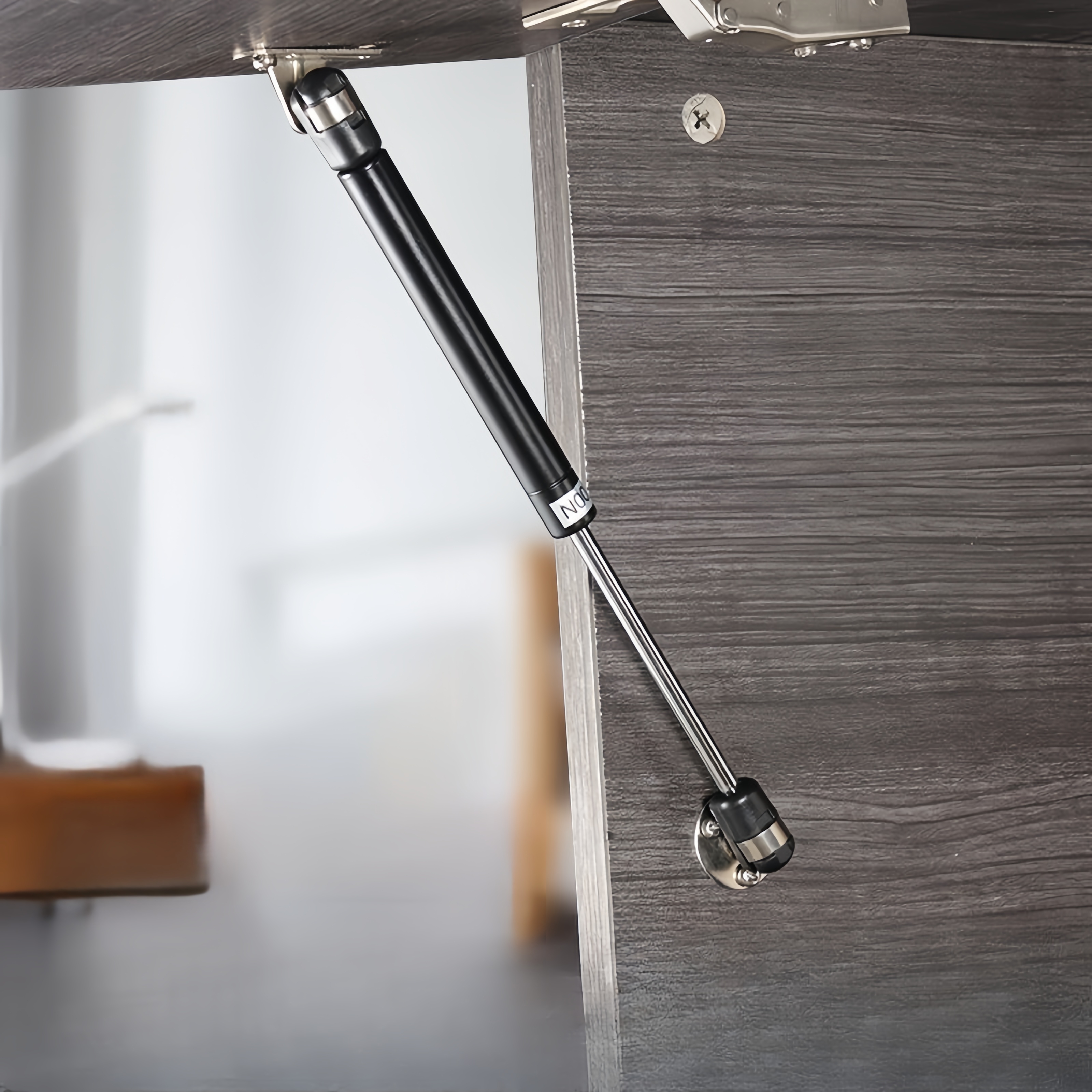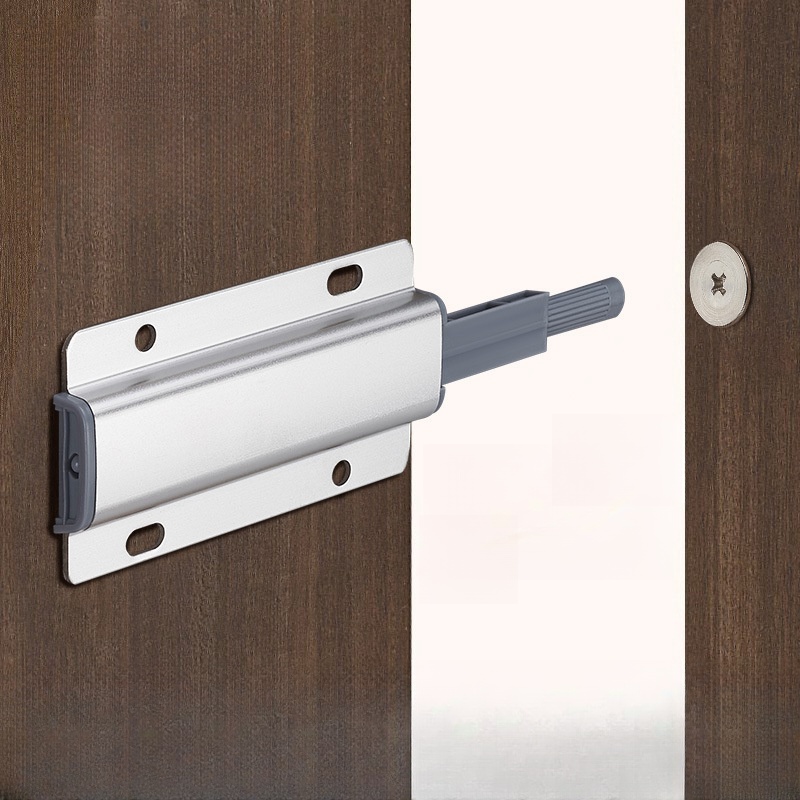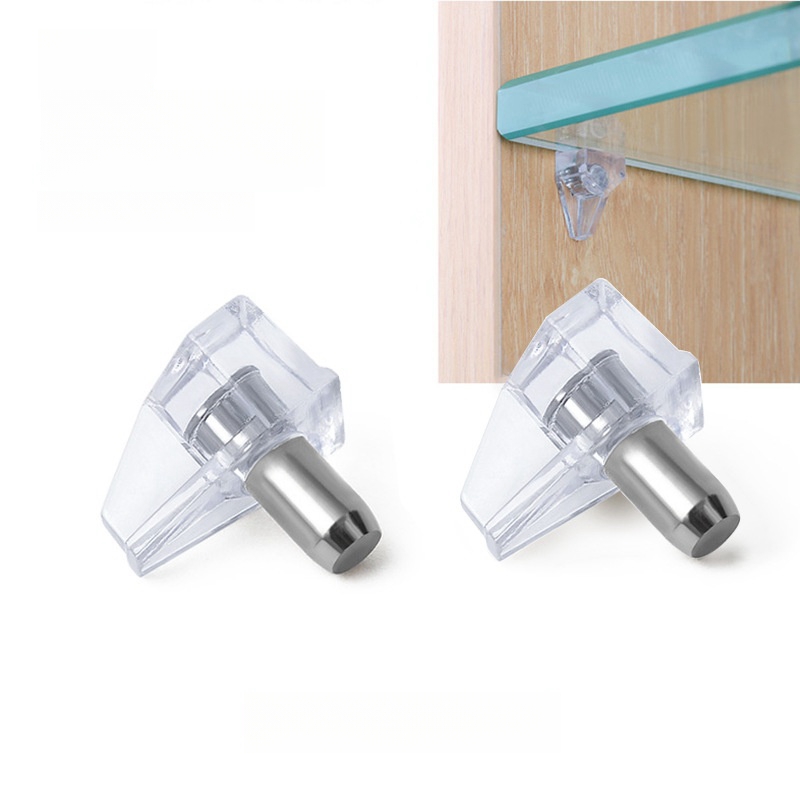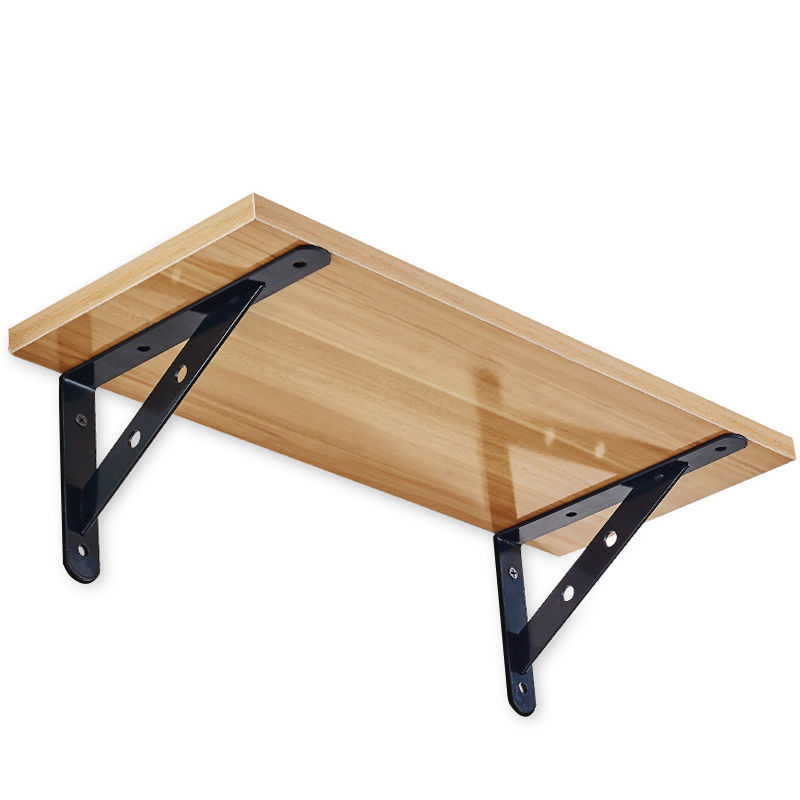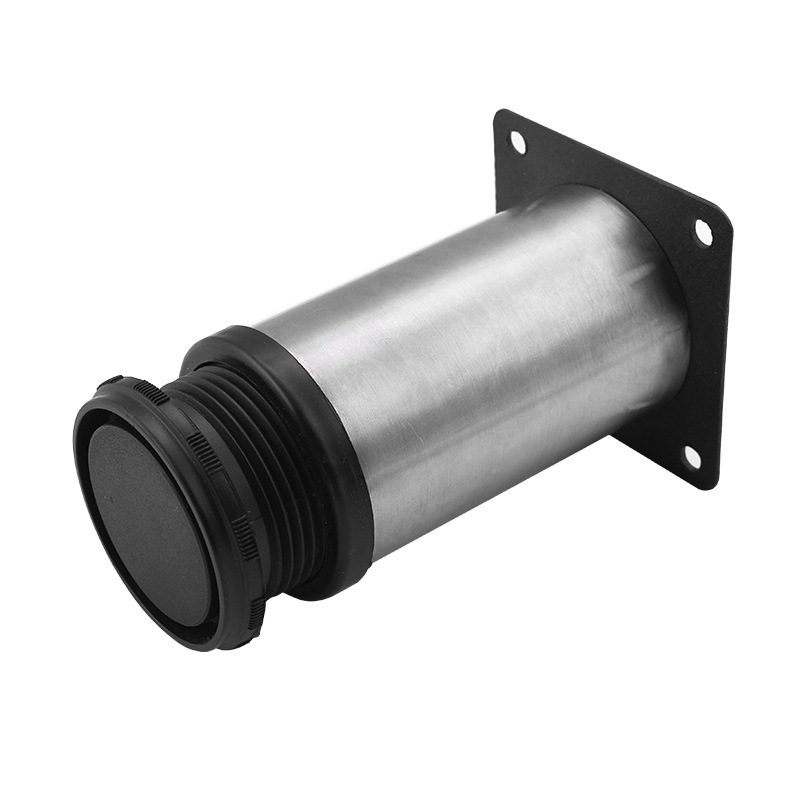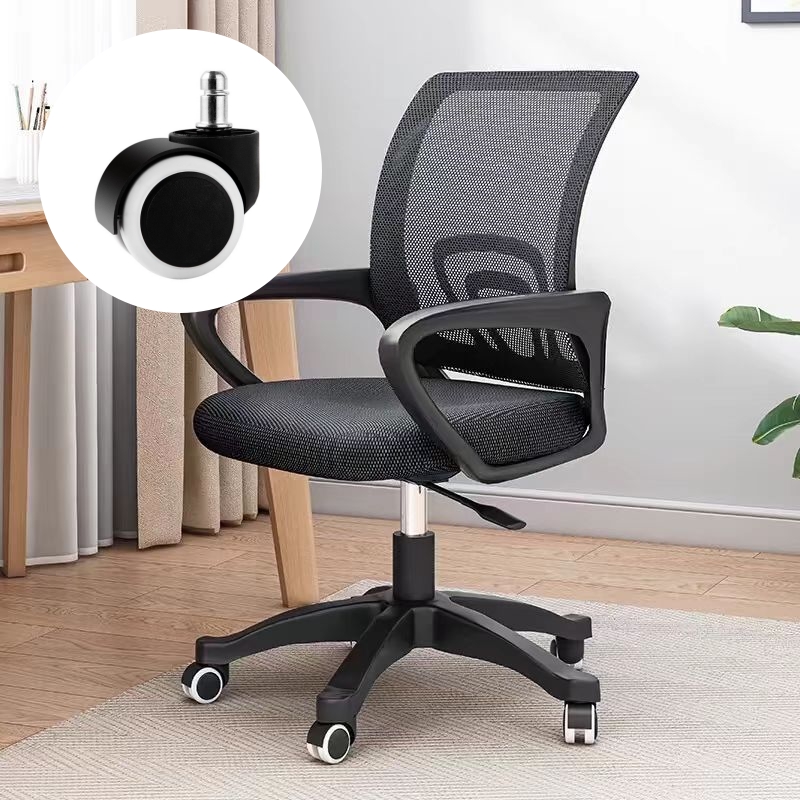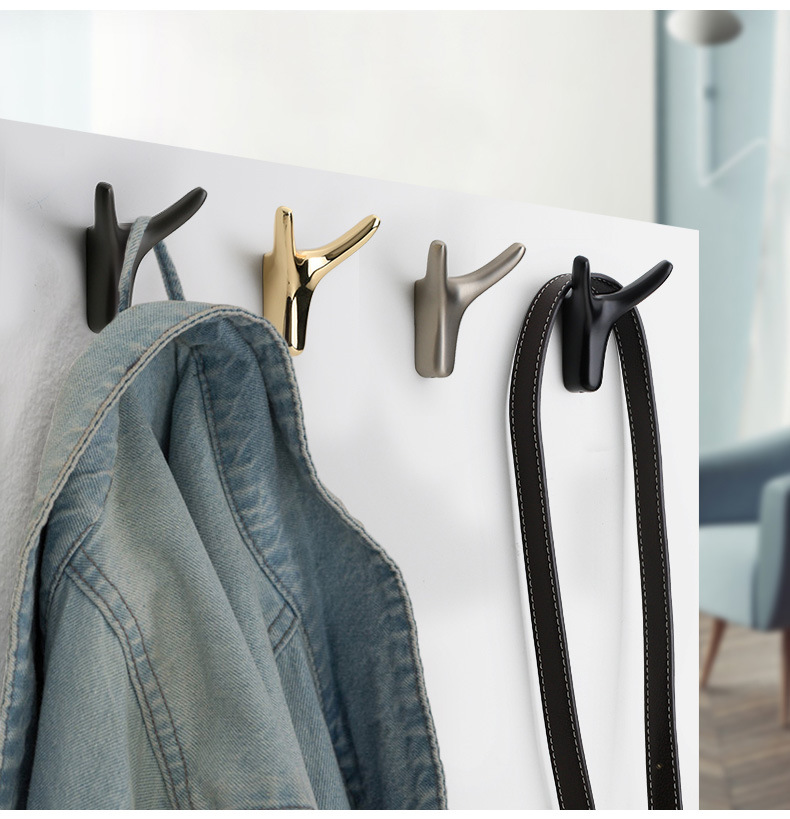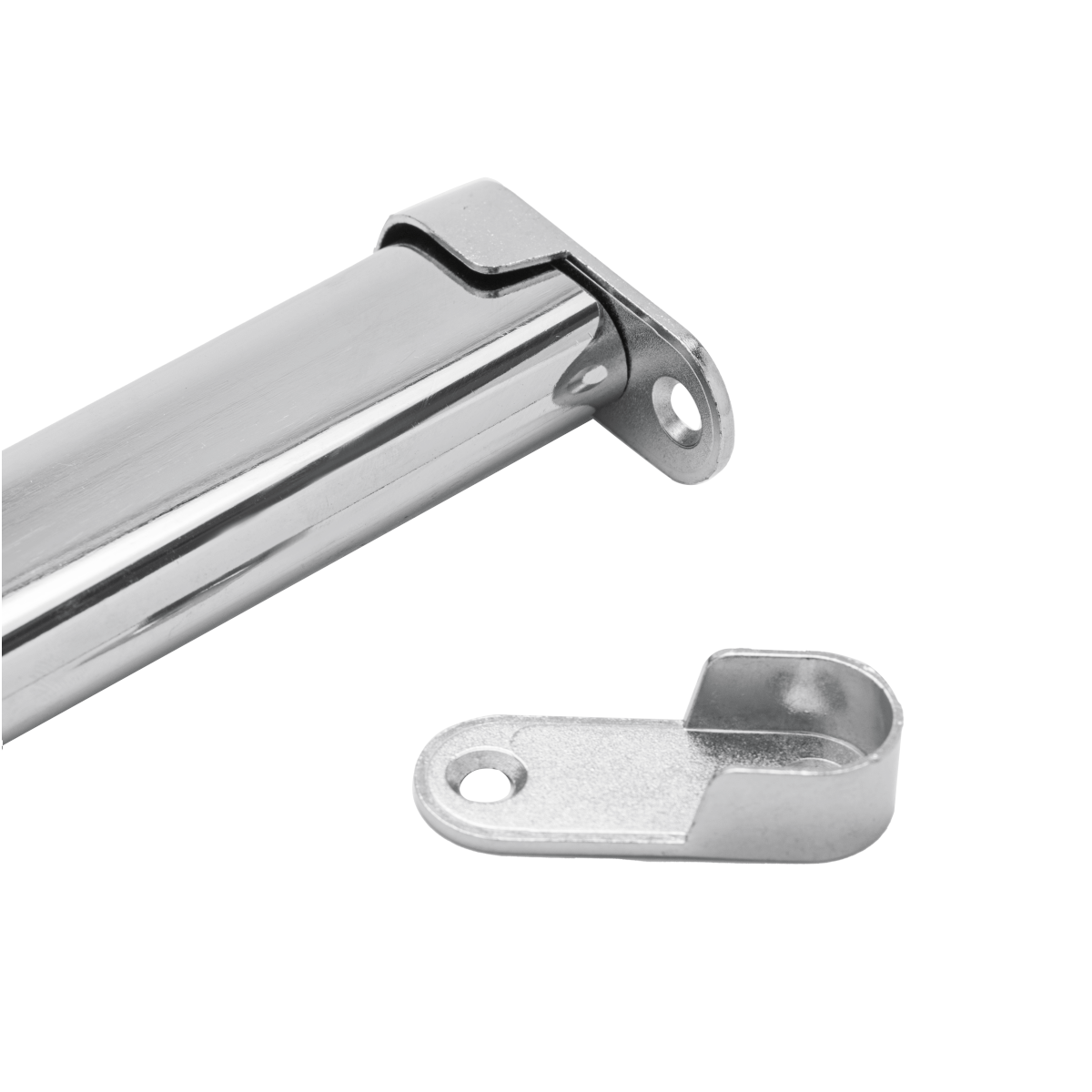
ABOUT
Guangzhou Toplink hardware Co., Ltd specialized in the production and export of furniture hardware fittings, with an experience of more than 14 years.
Our main products are drawer locks, cabinet hinges, sliding rails, cabinet handles, casters, cabinet legs and connecting fittings etc..
With a complete range of products, excellent performance and reasonable prices we have built up business with many customers all over the world.
We are committed to strict quality control and considerate customer service. We sincerely looking forward to becoming your best choice and the most reliable partner!
PRODUCTS
door latch stuck closed
Understanding Door Latch Mechanisms
Before tackling a stuck door latch, it's helpful to understand the basic mechanics involved. Most modern door latches operate on a simple principle: a bolt, usually retractable, that engages with a strike plate on the door frame. This bolt is controlled by the doorknob or lever handle. The mechanism itself is often surprisingly robust, relying on springs and carefully aligned components to provide a secure yet easily operable locking system. However, even the simplest mechanisms are vulnerable to malfunctions, especially with age, wear and tear, or external factors. Different types of latches – deadbolt latches, spring latches, and mortise latches – function slightly differently, but all share the fundamental principle of a bolt engaging with a strike plate. Understanding the specific type of latch you have will greatly assist in troubleshooting.
Variations in latch designs also influence the likelihood of jamming. Older, less refined mechanisms are more prone to problems than newer, more precisely engineered latches. Materials also play a role. A poorly made latch, constructed from inferior materials, will naturally be more susceptible to wear and tear, and thus more likely to seize up. The environment also affects the latch's performance. Exposure to excessive moisture, dust, or temperature fluctuations can all contribute to the eventual malfunctioning of the latch mechanism.
Common Causes of a Stuck Door Latch
A stuck door latch rarely arises spontaneously. Several factors can contribute to this frustrating problem. One of the most common causes is simply wear and tear. Over time, the moving parts within the latch mechanism can become worn, causing friction and preventing smooth operation. Dust, dirt, and debris can also accumulate within the latch mechanism, interfering with its movement and causing the latch to bind. This is especially common in older homes or areas with higher levels of dust.
Another frequent culprit is misalignment. Even a slight misalignment of the door or the strike plate can prevent the bolt from retracting smoothly. This can occur due to settling of the house, damage to the door frame, or even forceful closing of the door. In some cases, the problem might stem from the door itself being warped or swollen due to changes in humidity or temperature. Wood doors, in particular, are susceptible to expansion and contraction, which can throw the latch mechanism out of alignment.
External factors also play a significant role. For instance, a foreign object lodged in the latch mechanism can completely block its operation. This could be anything from a small piece of wood or debris to a larger item jammed into the mechanism. Similarly, paint buildup on the bolt or strike plate can hinder the latch's ability to move freely. Even the simple act of applying too much force when closing the door can exacerbate existing problems and eventually lead to a jammed latch.
Troubleshooting and Repair Techniques
Before resorting to drastic measures, try some simple troubleshooting steps. Firstly, lubricate the latch mechanism with a suitable lubricant, such as graphite powder or a silicone-based spray lubricant. Apply the lubricant generously to the bolt and the strike plate, allowing it to penetrate and lubricate the moving parts. Then, gently work the latch back and forth several times to help distribute the lubricant and free up any stuck components. Often, a simple lubrication is all that's needed to resolve the problem.
If lubrication doesn't work, check for any obstructions. Carefully examine the latch mechanism for any debris or foreign objects that might be interfering with its operation. Use a small tool, such as a toothpick or a small screwdriver, to gently remove any obstructions. If the problem lies with misalignment, you might need to adjust the door or the strike plate. This often requires some basic carpentry skills and tools. However, it might be a simple matter of tightening loose screws or using shims to adjust the alignment.
In more severe cases, the latch itself might be damaged and require replacement. If you're comfortable with DIY repairs, replacing a door latch is a relatively straightforward task. However, if you're not comfortable working with tools or are unsure about the repair process, it’s best to call a qualified locksmith or handyman. Attempting a complex repair without the necessary skills could cause further damage and lead to increased repair costs.
Prevention and Maintenance
Preventing a stuck door latch is far easier than fixing one. Regular maintenance is key. Periodically lubricate the latch mechanism, at least once or twice a year. This will keep the moving parts lubricated and prevent friction and wear. Regularly inspect the latch and strike plate for any signs of damage, debris, or misalignment. Address any minor issues promptly before they escalate into major problems.
Ensure the door is properly aligned and that the strike plate is securely fastened. Avoid slamming the door shut, as this can put excessive stress on the latch mechanism. Close the door gently and firmly, allowing the latch to engage smoothly. Also, keep the area around the door clean and free of debris to prevent dust and dirt from accumulating in the latch mechanism. Regular cleaning, especially in areas prone to dust or moisture, can significantly extend the life of your door latch and reduce the chance of it getting stuck.
In conclusion, while a stuck door latch may seem like a minor inconvenience, understanding its causes and employing appropriate troubleshooting techniques can prevent frustration and potentially costly repairs. Regular maintenance and preventative measures will significantly reduce the likelihood of encountering this common household problem. Remember, a little preventative care goes a long way in ensuring the smooth and reliable operation of your door latches for years to come.
SUBSCRIBE
INQUIRY
